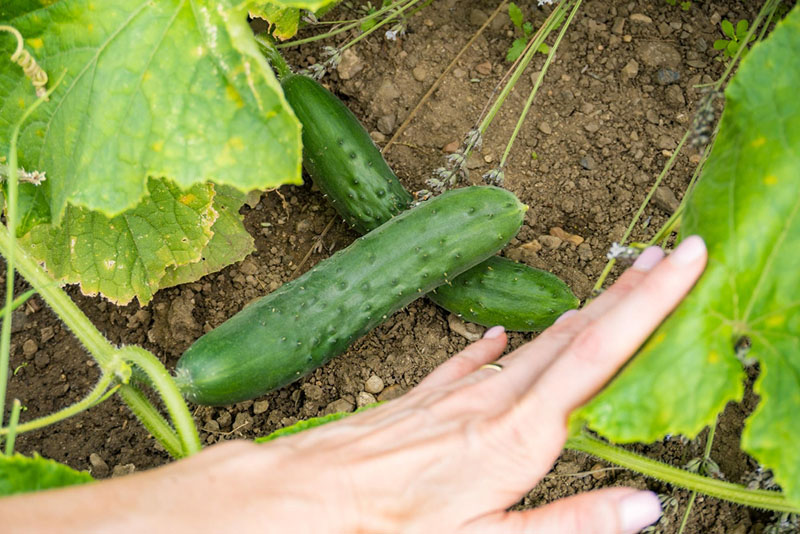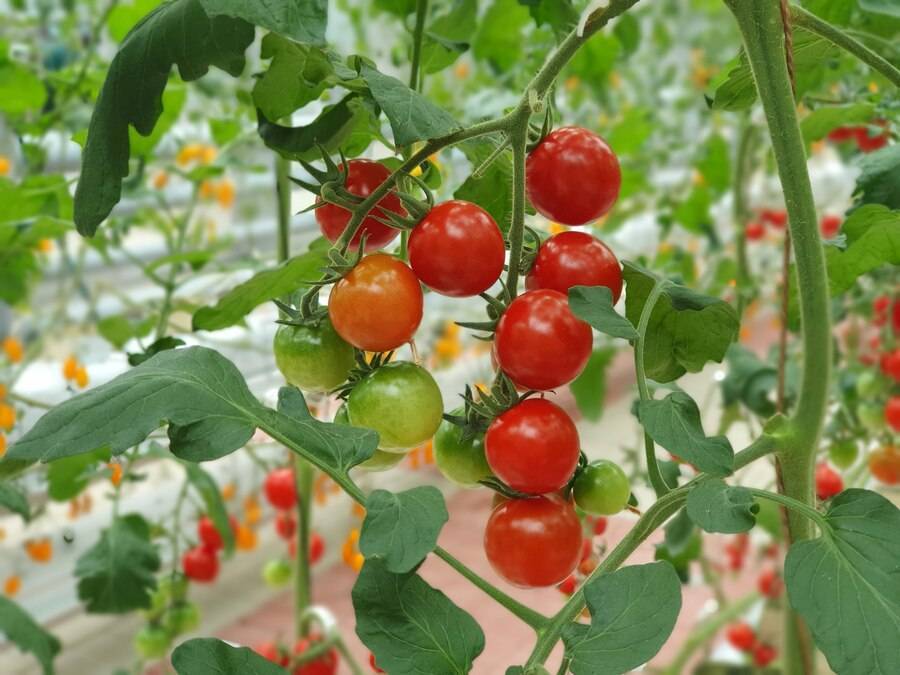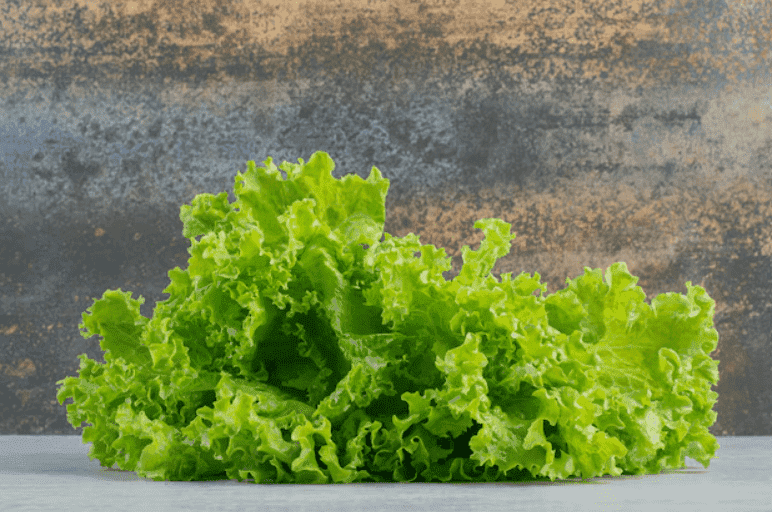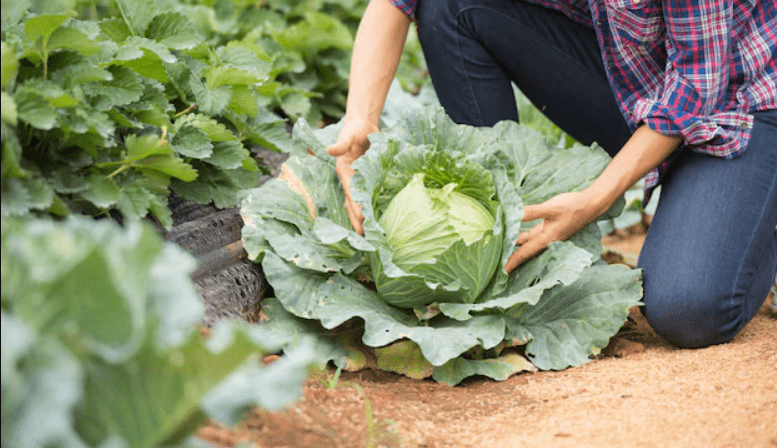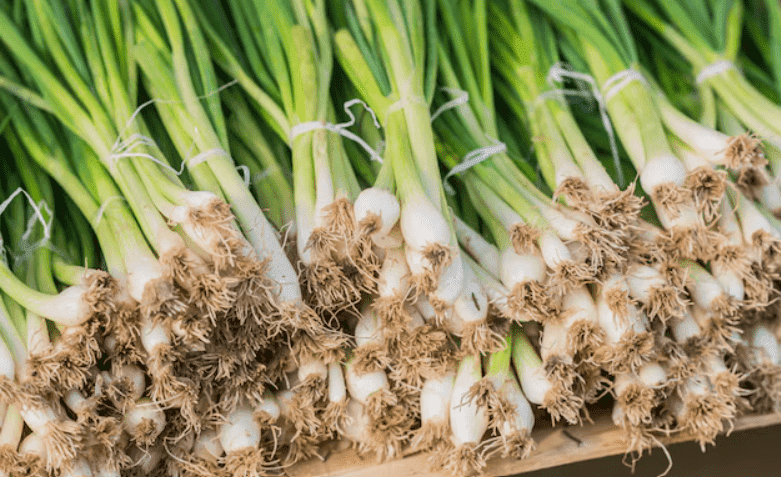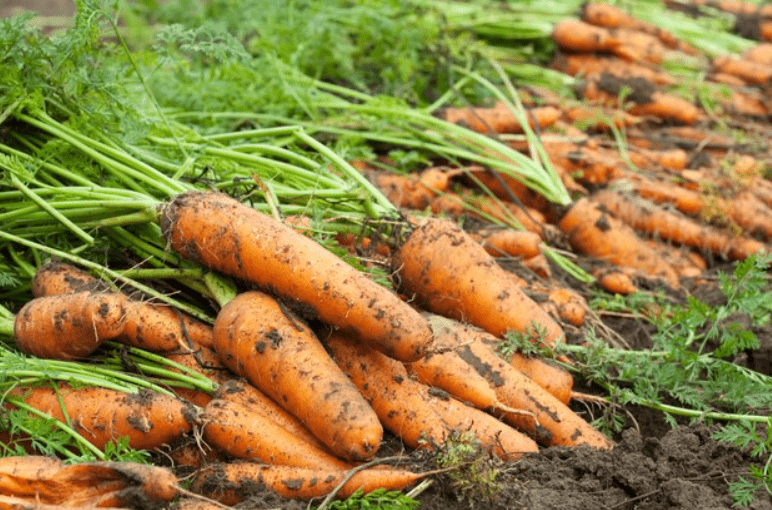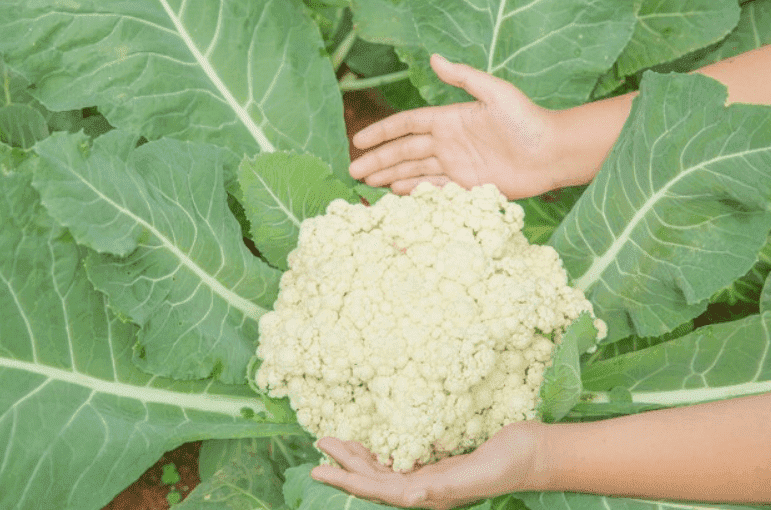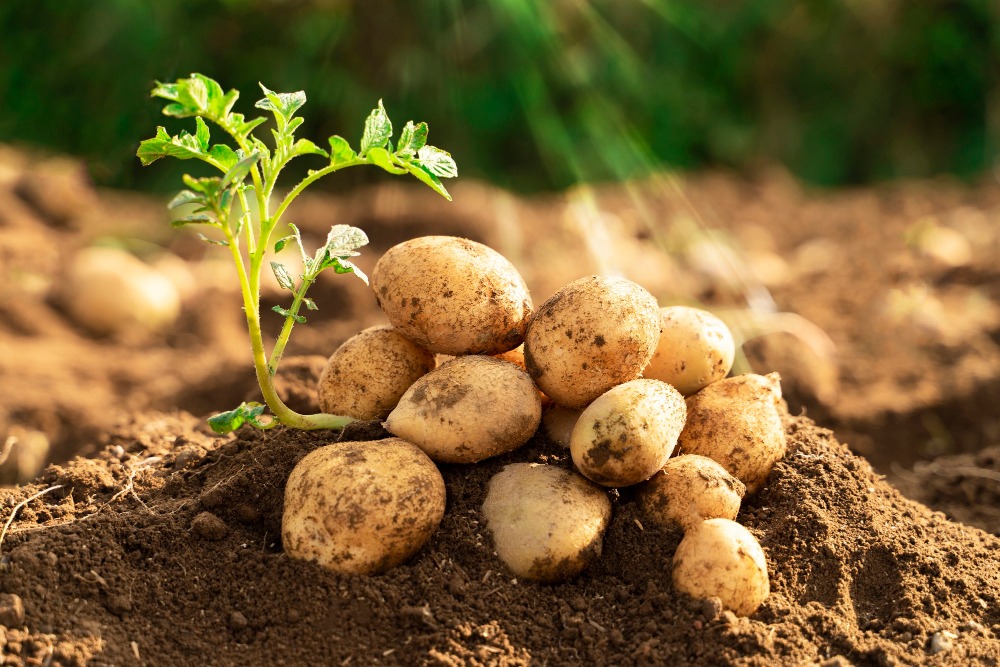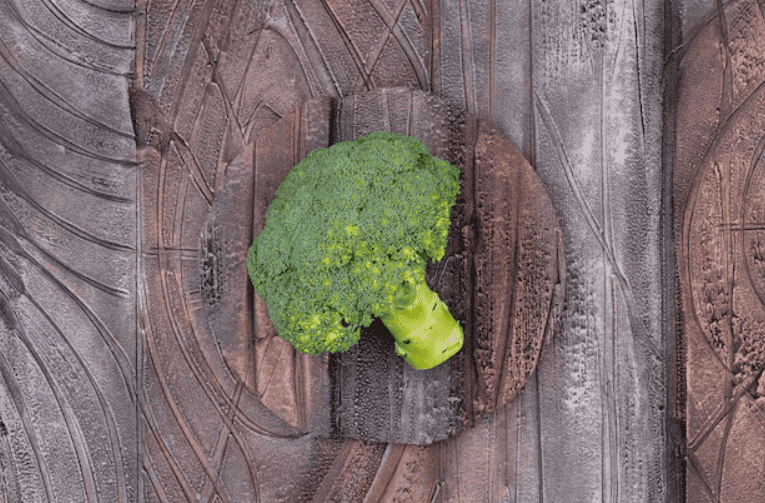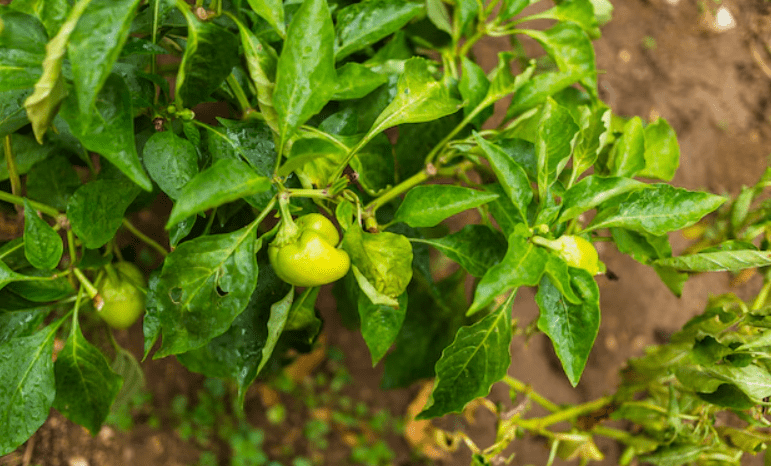Cucumber is a tropical crop that thrives in warm temperatures and with ample moisture. These heat-loving vegetables grow best once the weather has stabilized and the soil consistently reaches at least 70°F—ideally, about two weeks after the final frost has passed, as they are susceptible to cold temperatures.
There are two main growth habits in cucumber plants: vining and bush. Vining types sprawl across the ground or climb supports, such as trellises. At the same time, bush varieties such as the Burpless Bush Hybrid stay more compact. Typically, the vining types produce a higher number of cucumbers over the season. Bush varieties, however, work well for patio containers and tight spaces.
Table of Contents
ToggleHow to Grow Cucumbers
- Plant cucumbers when daytime temperatures consistently reach the mid-70s°F (21 °C).
- Choose a sunny location with well-draining and fertile soil (pH between 6.0 and 6.8).
- Space plants 36 to 60 inches apart or 12 inches apart if growing on a trellis.
- Improve the soil by mixing in a few inches of aged compost or organic matter.
- Water regularly. Give plants about 1 inch of moisture each week.
- Feed with a water-soluble fertilizer to encourage healthy, steady growth.
- Once the soil is warm, apply a straw mulch to keep fruit clean and deter slugs and beetles.
- Harvest cucumbers when they’re large enough to eat. Frequent picking encourages more production.
Soil, Planting, and Care
When learning how to grow cucumbers, it’s important to know that they thrive in warm, fertile soil with a pH between 6.0 and 6.8, although they can tolerate slightly more alkaline conditions, up to a pH of 7.6. To create the ideal environment for healthy root growth and a generous harvest, mix several inches of aged compost or compost manure into the top layer of your garden bed. When planting, space your cucumber seedlings 36 to 60 inches apart, depending on the variety. For climbing varieties trained on a trellis, you can place them just 12 inches apart.
In cooler regions with a slow-to-warm spring, laying black plastic over your garden bed can help raise soil temperature by 3 to 4 degrees. If you’re not using plastic, wait until after planting to spread mulch such as pine straw, wheat straw, shredded leaves, or any other organic material you prefer. If the weather remains chilly, it’s best to delay mulching until the soil has had a chance to warm up under the sun. Mulching is beneficial for keeping the fruit clean in bush varieties or ground-growing vines. It also helps repel pests like slugs and cucumber beetles.
If possible, train your cucumber vines to climb a trellis. This not only keeps the fruit clean but also makes better use of your garden space. You can easily support two or three vines with a circular cage about 12 to 18 inches wide, made from 4- or 5-foot-high welded wire or hog fencing.
Cucumbers grow quickly and aren’t very demanding. Just make sure the soil stays evenly moist by giving them about an inch of water each week or more during hot, dry weather. Inconsistent watering can lead to misshapen or bitter-tasting cucumbers. If you can, use a drip irrigation system or a soaker hose to water them at the base. It helps keep the leaves dry and reduces the risk of leaf diseases.
Troubleshooting
If your cucumber vines are flowering but not producing fruit, pollination issues are likely to blame. Start by checking for both male and female flowers. Male blooms usually appear first and often fall off shortly after opening, which is completely normal. A week or two later, female flowers begin to appear. These are easy to spot by the tiny, cucumber-shaped bump at the base, which will develop into a full fruit if pollinated appropriately. If you notice that these swellings aren’t growing, you may need to hand-pollinate to help nature along.
Cucumber plants are also susceptible to several pests. Squash bugs may damage young seedlings, and slugs tend to target ripening fruit. Aphids often cluster on new growth and leaf undersides, sucking out sap and weakening the plant. You can reduce slug problems by using straw mulch or training your vines to grow off the ground on a trellis. Another common pest is the cucumber beetle, which not only chews through leaves, flowers, and stems but also spreads bacterial wilt.
In addition to pests, cucumbers are susceptible to powdery mildew, a fungal disease that produces powdery patches on their leaves. At the first sign of infection, treat the plant with fungicide to prevent it from spreading. To minimize the chance of disease transmission, avoid touching or harvesting plants when their leaves are wet.
Harvest and Storage
You can start harvesting cucumbers as soon as they’re large enough to eat. Once the fruit begins to form, check your vines every day, as cucumbers grow quickly and can become oversized. The more you harvest, the more the plant will continue to produce. Always use a sharp knife or garden clippers to snip the stem right above the fruit. Tugging them off by hand can harm the vine. Avoid letting cucumbers grow too big, as they often turn bitter and may slow down future production. If the blossom end starts to turn yellow, it’s a sign that the fruit is overripe. Remove it right away.
Once picked, cucumbers can stay fresh in the refrigerator for 7 to 10 days, but for the best taste, try to use them soon after harvesting. If you don’t finish slicing a cucumber in one go, wrap the remaining piece tightly in plastic wrap to keep it from drying out. In fact, it’s helpful to store whole cucumbers in plastic wrap or a sealed bag in the fridge to keep them crisp and fresh longer.

